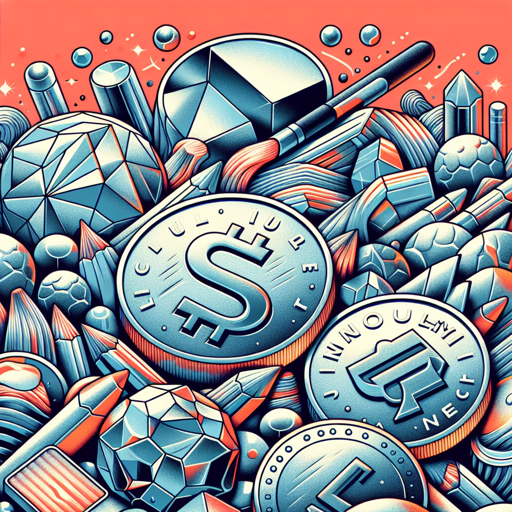The Silver Linings: A Historical Perspective of Silver Currency
An intriguing exploration of the rich history and significance of silver as a currency through various civilizations and eras.

Introduction
Silver, a lustrous white metal, has held a prominent place in the annals of human history. It was not just a precious metal used for ornaments or a symbol of wealth, but it served a much larger purpose - as a cornerstone of trade and commerce. This article delves into the history of silver, tracing its journey from being mined to being minted into coins and used as a global currency.
The Dawn of Silver Currency
The earliest evidence of silver mining dates back to 3000 BC in Anatolia (modern-day Turkey). However, it wasn’t until around 700 BC that the first silver coins were minted in the kingdom of Lydia, in modern-day Turkey. These coins, made from a naturally occurring mixture of gold and silver called electrum, marked the beginning of silver’s journey as a currency.
Silver in Ancient Civilizations
Silver’s importance as a currency grew with its extensive use in ancient civilizations like Greece, Rome, and China. In Greece, the city-state of Athens had rich silver mines at Laurion, whose output was instrumental in funding the golden age of Athenian culture and democracy.
| Civilization | Silver Coin | Significance |
|---|---|---|
| Lydia | Electrum coin | First silver currency |
| Greece | Athenian drachma | Funded the golden age of Athenian culture |
| Rome | Denarius | Standard coin of the Roman republic |
| China | Sycee | Used in large transactions and for storing wealth |
In Rome, the denarius, a small silver coin, became the standard coin of the republic. In China, silver ingots called sycees were used in large transactions and for storing wealth.
Quote
As renowned financial historian Niall Ferguson puts it, “Silver and gold are the oldest form of money, having been used for at least four millennia to store value, make payments, and keep accounts.” This quote aptly underlines the enduring significance of silver as a form of currency.
Silver in the New World
The discovery of the New World in the late 15th century led to a silver boom. Vast quantities of silver were discovered in the Americas, especially in Bolivia, Peru, and Mexico. This led to a period known as the ‘Silver Age’, where silver became a key driver of global trade and economic growth.
The Demise and Revival of Silver
The advent of paper money in the 19th century, followed by the global adoption of the gold standard, led to the decline of silver as a form of currency. However, silver never entirely disappeared from the monetary scene. It continued to be used in coins and as a measure of value in certain economies. Today, while not used as mainstream currency, silver plays a crucial role in investment portfolios as a hedge against inflation.
Conclusion
The history of silver as a currency is a captivating journey that intertwines with the evolution of human civilization. From ancient kingdoms to modern economies, silver has played an instrumental role as a medium of exchange and store of value. Even today, it continues to shine in the world of finance, not as a physical currency, but as a valuable asset in the marketplace.
For more information about the historical use of silver and other precious metals as a form of currency, you can refer to The Silver Institute.